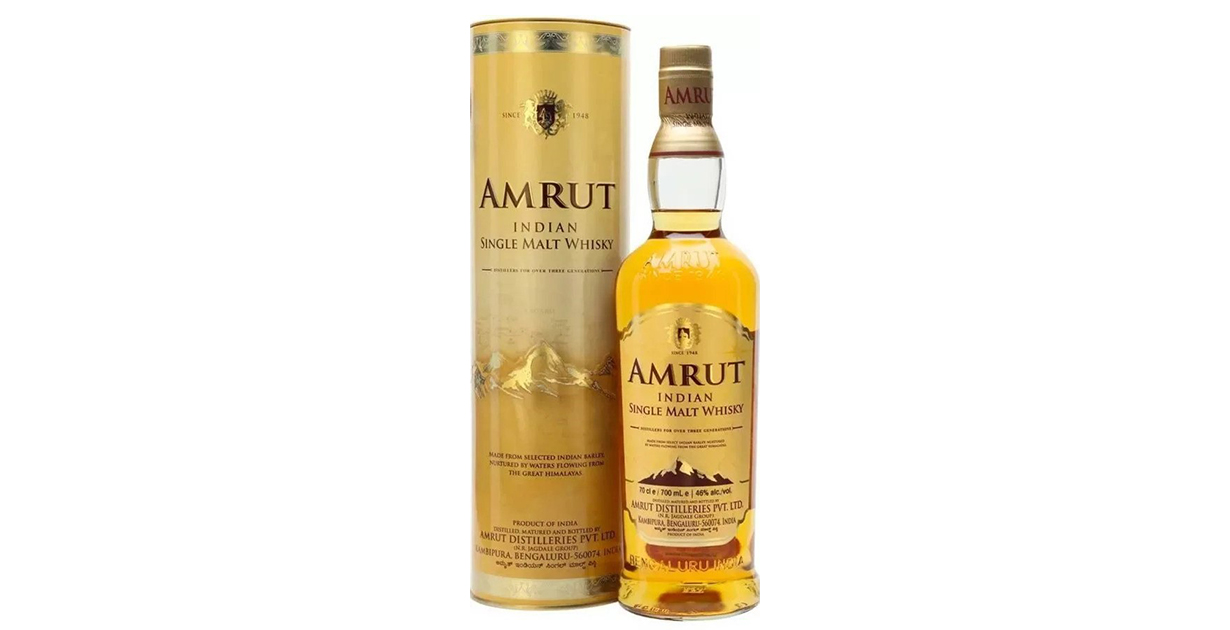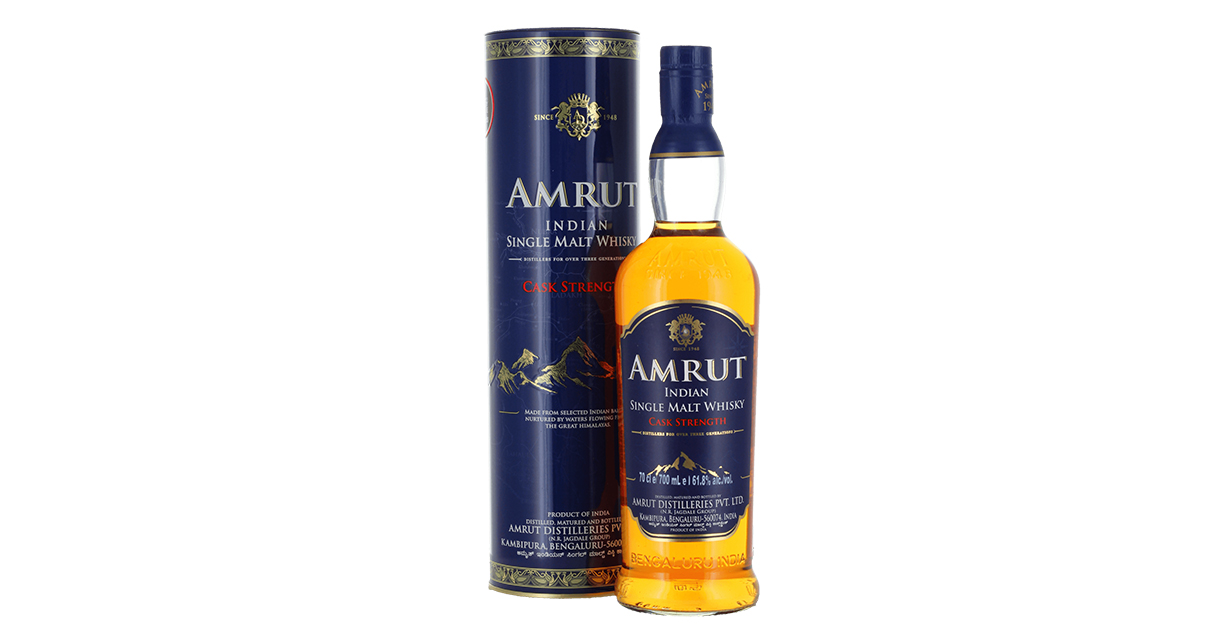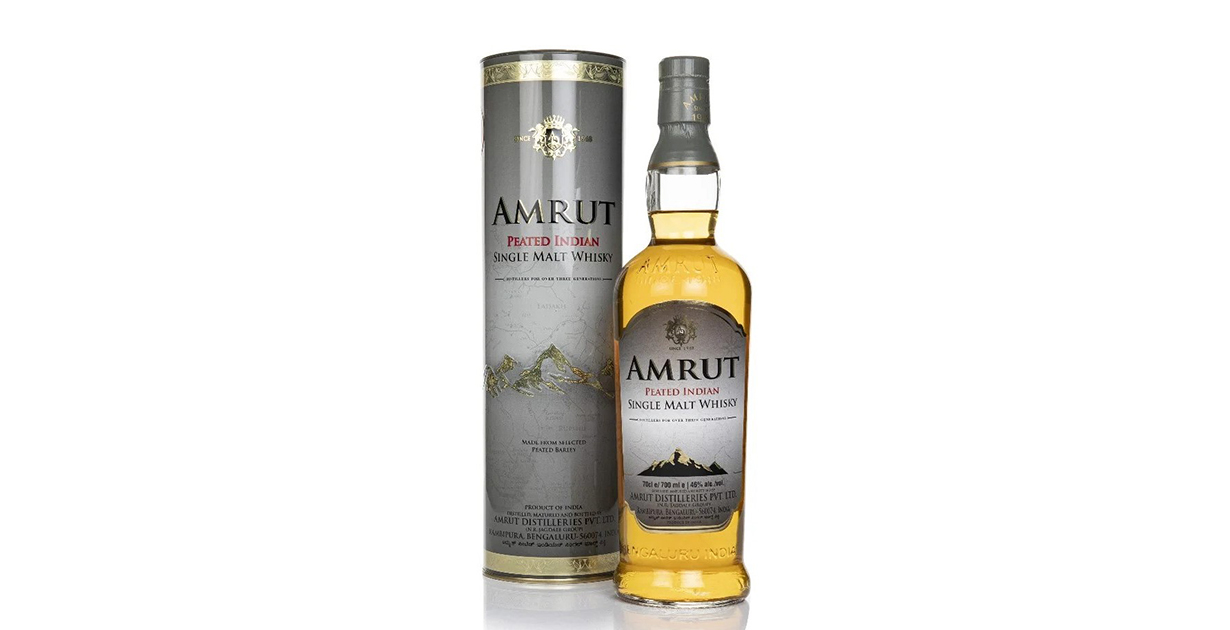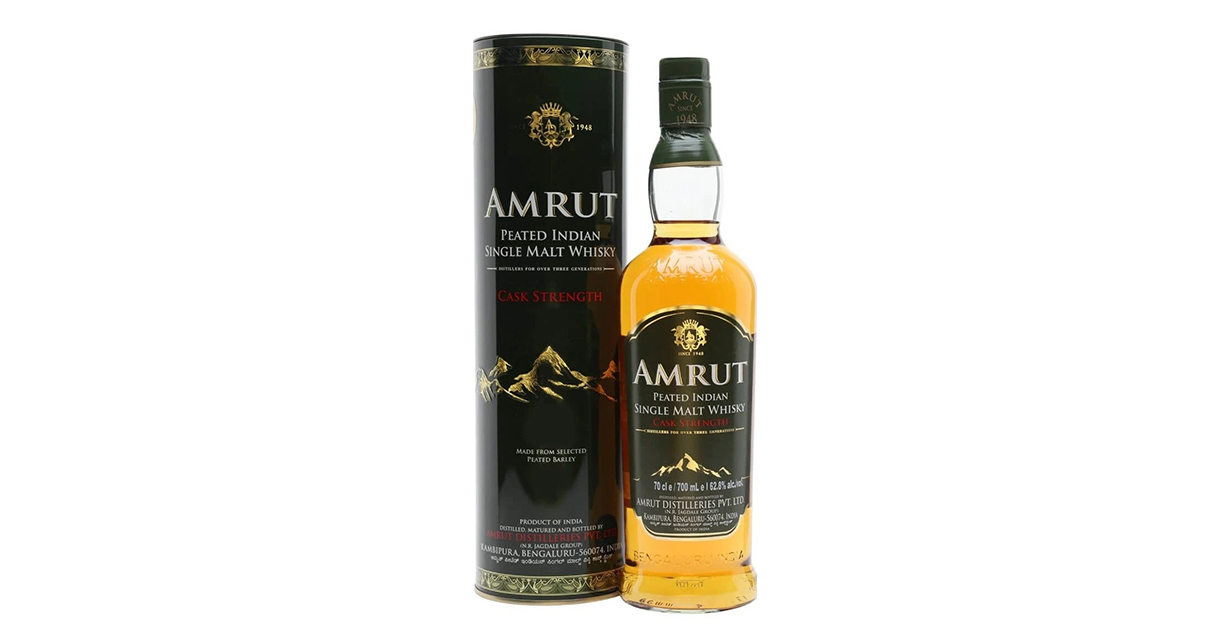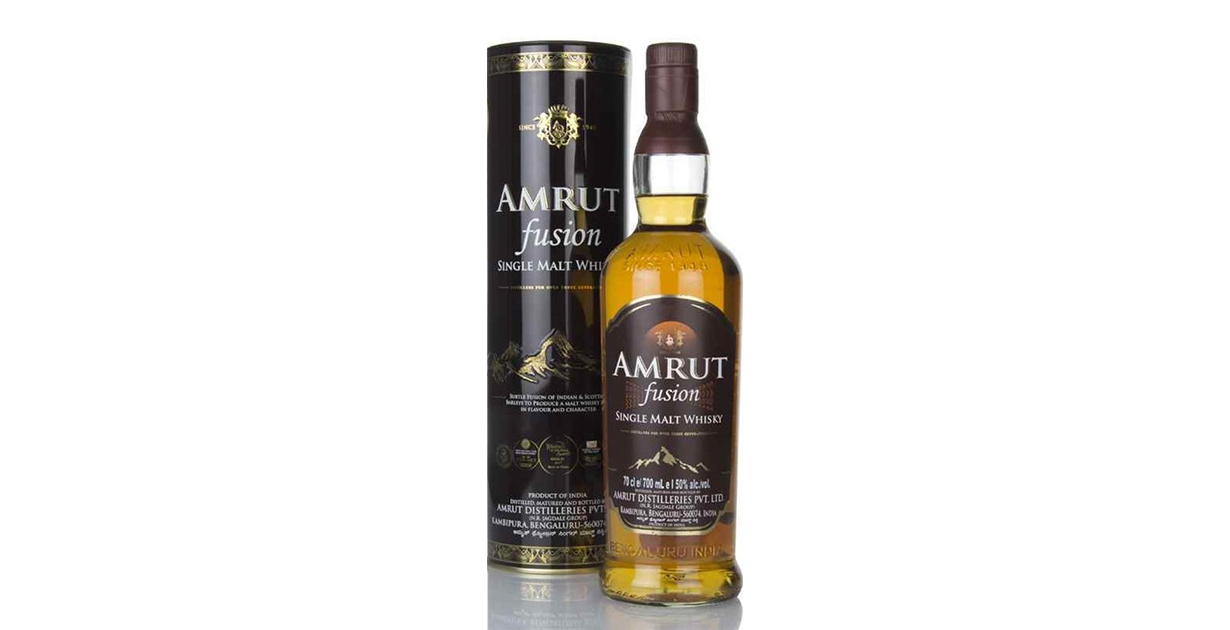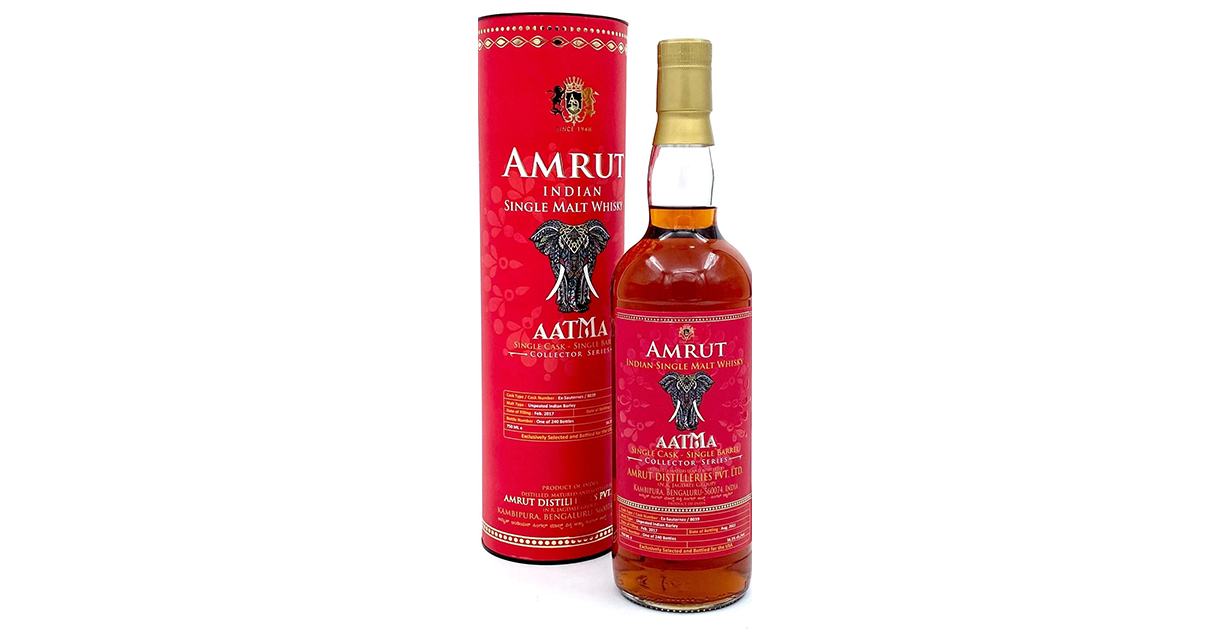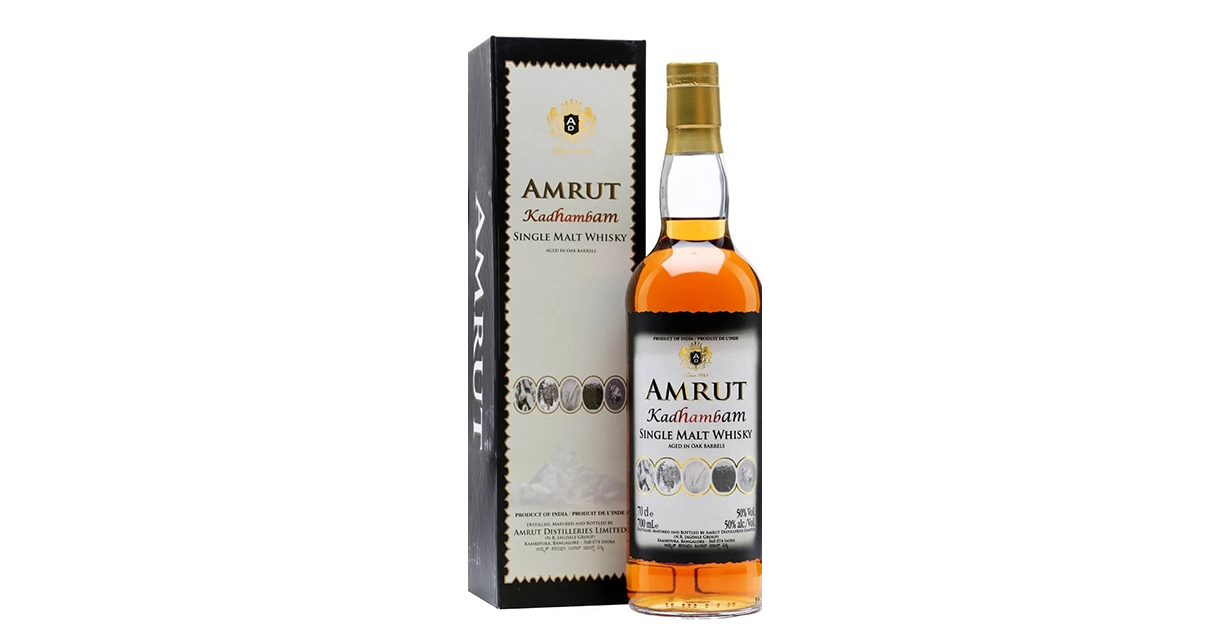Scotch whisky was introduced to the country of India during the British colonization from 1858 to 1947. A year later and with the freedom to do so, Amrut Distilleries Private Limited was established. They first produced mostly molasses-based rum and other spirits, then in 1982 they began producing single malts in the tradition of scotch whisky even though the 80s were not a great time for single malts.
Before Amrut, Indian whisky had a terrible reputation for being cheap and a blend of who-knows-what. Amrut and its competitor, Paul John, are craft single malt makers in India. Despite this, India only consumes about one percent of scotch and similar-style single malts, yet at the same time, Indian whisky sells very well globally.
India obviously does not have the same climate as Scotland, but that just means it takes less time to produce a single malt. In fact, a cask of whisky aging in India for a year is said to be the equivalent of aging a cask in Scotland for three years. A disadvantage of India’s climate is that the angel’s share is much greater, so whisky with double-digit age statements won’t be found on the shelves.
Amrut has 21 expressions of single malt in their portfolio, but for this review, we will only taste seven. Let’s see how they compare


